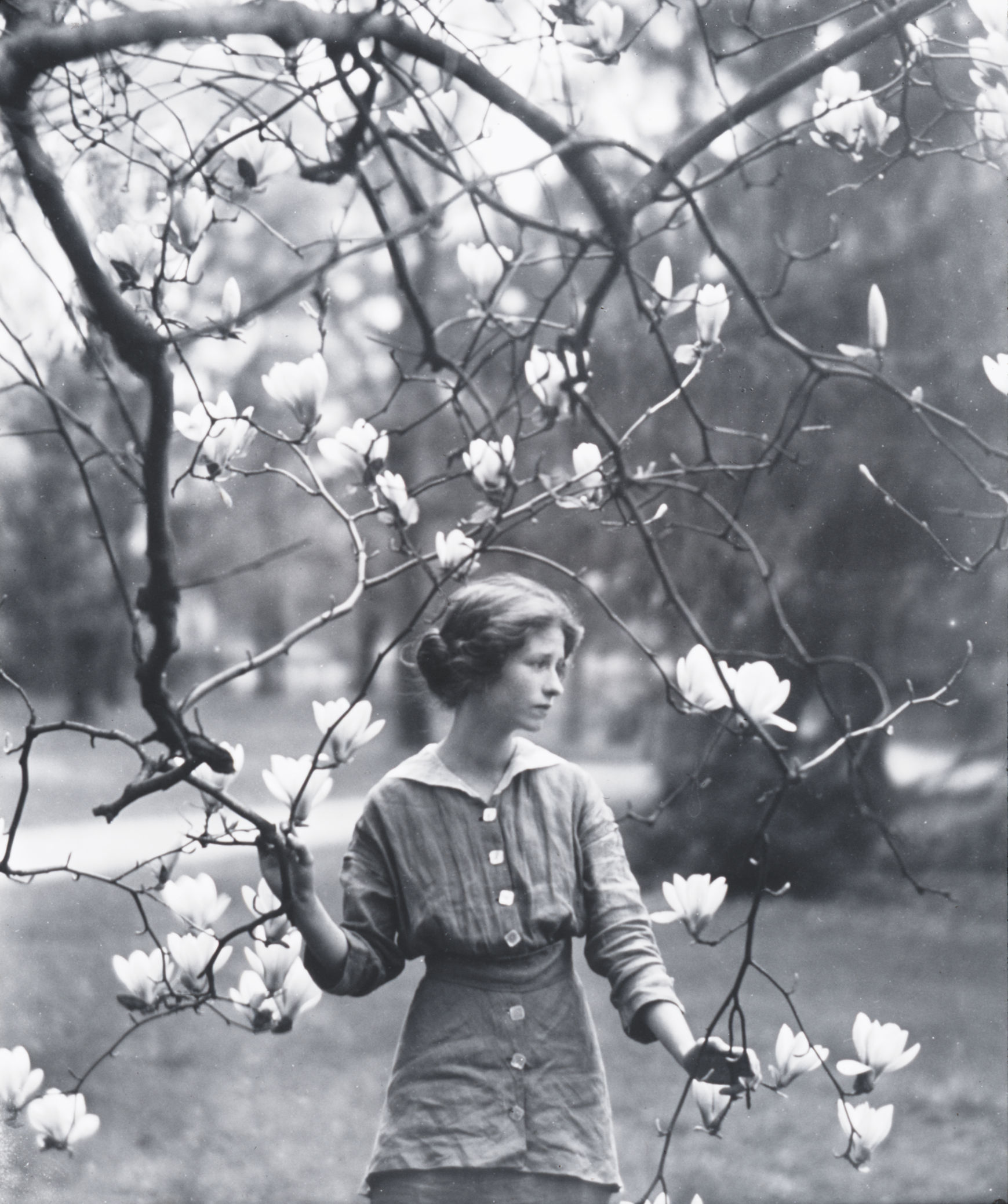Mellor's Gardens – the creation of James Mellor junior (1796–1891) – in Rainow, Cheshire. As I said in a blog post below, Mellor's inspiration was John Bunyan's The Pilgrim's Progress, the vehicle through which he was expressing Emanuel Swedenborg's theory of the material world's relation to the spiritual universe.
The gardens are only open to the public for two days in the year: the final May Bank Holiday Monday and August Bank Holiday Monday, although group visits can be arranged at other times. The back of Hough-Hole House – or its roof at least – can be seen in the middle background here.
In Mellor's time the path leading up to the house was very muddy, hence the name 'Slough of Despond' used here. The path I trace below includes most of Mellor's Bunyanesque features, plus a few more he added.
Mount Sinai, where Christian, fearing that the hill will fall on him, makes a retreat.
Above the Wicket Gate, the notice 'Knock and it shall be opened unto you.' This is actually a side entrance to the left of the house.
The former stables at the back of the house become the House of the Interpreter.
'Bethel or the House of God'.
The summer house is unrelated to any Pilgrim's Progress feature.
The Cross is now a mere stump.
And the Holy Sepulchre is a hole from the mill pond overflow.
Formalist and Hypocrisy break the law of the Lord by not entering via the gate.
Arbour, for refreshing weary travellers.
The Hill Difficulty.
There are two inscribed stones at the bottom of the hill which are not related to The Pilgrim's Progress:
'BETTER IS THE DAY
OF DEATH THAN THE
DAY OF ONE'S BIRTH.
J. M. CUT THE ABOVE IN HIS NINETIETH YEAR.
JOB SAID I WOULD NOT LIVE ALWAYS
WHEN HEAVEN'S REVENGE IS SLOW. JOVE
BUT PREPARES TO STRIKE THE FIERCER
BLOW.'
'JAMES MELLOR BUILT BILLINGE CHAPEL.
SOON AFTER HE BUILT IT HE PREACHED
FROM THESE WORDS.
AND THE SPIRIT AND THE BRIDE
SAY COME AND LET HIM THAT
HEARETH SAY COME AND LET HIM
THAT IS ATHIRST COME. AND
WHOSOEVER WILL, LET HIM TAKE
THE WATER OF LIFE OF LIFE FREELY.
REVS 22, CHAPTER 17 VERSE 3.'
'The Chained Lions'. There are supposed to be a pair of them, but unfortunately there is now only one.
'The Wobbly Bridge', which is over a stream from the mill pond.
'The Porter's Lodge' to the Palace Beautiful, also anachronistically called Uncle Tom's Cabin: an old potting shed.
Inside the lodge is a large slab concerning Robert Roberts, a preacher who had criticised Mellor's father, James Mellor senior, for taking financial advantage of local Methodists.
'Apollyon'.
'The Mouth of Hell'.
'Hill Lucre'.
'Remember Lot's Wife'.
And so another climb, back past the gazebo.
Two more stones unrelated to Bunyan's book:
'MOUNT CARMEL,
VINEYARD OF
GOD'
VINEYARD OF
GOD'
'MOUNT GERIZIM,
SAFETIES OF CUTTINGS,
AS OF REAPERS'
SAFETIES OF CUTTINGS,
AS OF REAPERS'
'The Deep Pit'.
'Howling House'.
Inside Howling House, behind this sliding panel, was a Jew's harp that made a howling sound when the wind blew.
This stone is at the side of the house:
'MELLOR'S GARDEN
THE STORY OF
PILGRIM'S PROGRESS
RESTORED
BY
RUTH & GORDON
HUMPHREYS
1978 to 1993.'
The tombs of the Mellor family in the gardens.
On one side, the inscription of James Mellor junior.
'IN MEMORY OF
JAMES MELLOR
WHO DEPARTED THIS LIFE SEP. 14. 1891,
AGED 94.
WHEN I CAN NO LONGER SPEAK,
LET THIS STONE SPEAK FOR ME,
AND SAY, LIVE NEAR TO GOD.
CAREFULLY READ HIS WORD, AND THE
WRITINGS OF SWEDENBORG, YOU WILL
SEE THEIR HARMONY,
LIVE ACCORDINGLY, AND YOU WILL
BEHOLD WONDERFUL THINGS.'
JAMES MELLOR
WHO DEPARTED THIS LIFE SEP. 14. 1891,
AGED 94.
WHEN I CAN NO LONGER SPEAK,
LET THIS STONE SPEAK FOR ME,
AND SAY, LIVE NEAR TO GOD.
CAREFULLY READ HIS WORD, AND THE
WRITINGS OF SWEDENBORG, YOU WILL
SEE THEIR HARMONY,
LIVE ACCORDINGLY, AND YOU WILL
BEHOLD WONDERFUL THINGS.'
Around the base of the head of the weather vane is inscribed: 'Jemmy, Jemmy, mind your peace': the criticising words of Robert Roberts to James Mellor senior.
'The Dark River'.
Finally, the Celestial City, with its winding staircase.
Mellor's Gardens is quite a remarkable place, although the owners don't advertise it at all, and I suspect that not a great number of people are aware of this hidden gem. The link below is to a long, image-laden post of mine on John Bunyan:
–––––––––––––––––––––––––––––––––––
John Bunyan in Bedfordshire






































.jpg)



.jpg)









